Through the Gravity Gun: A QA Veteran's Look at Half-Life 2's Physics Revolution Half-Life 2 wasn't just a game; it was a seismic shift in first-person shooter design, largely thanks to its revolutionary use of physics.
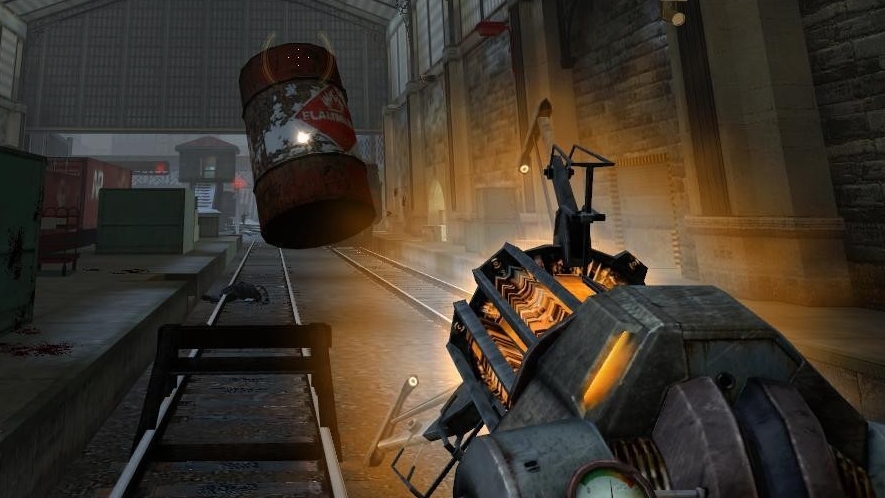
Half-Life 2 wasn't just a game; it was a seismic shift in first-person shooter design, largely thanks to its revolutionary use of physics. As a QA tester at Valve during its development, I spent countless hours in dimly lit rooms, pushing the boundaries of what was possible within the Source engine. My days were filled with weapon sounds, the crunch of physics calculations, and the occasional, spectacular glitch. This isn't just a nostalgic look back; it's a deep dive into the challenges, triumphs, and sheer ingenuity that went into creating one of gaming's most iconic mechanics.
Using the Gravity Gun in Ravenholm's unsettling environment
From PhysCannon to Gravity Gun: The Early Days
The Gravity Gun, or "PhysCannon v0.1" as we affectionately called it internally, didn't spring into existence fully formed. The early prototypes were… rough. The models were unpolished, placeholder textures were common, and the effects were, well, let's just say they often resulted in objects behaving in ways that defied both the laws of physics and common sense.
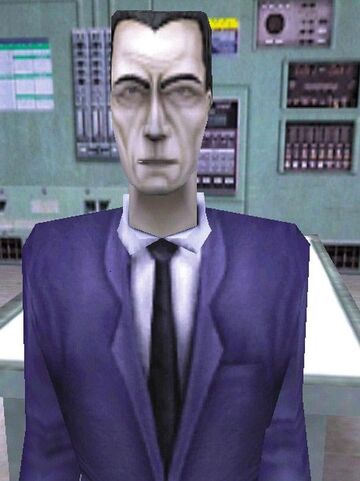 Early Gravity Gun concept art
Early Gravity Gun concept art
The real challenge lay in getting the Source engine to cooperate. We wanted realistic object manipulation, the ability to pick up, carry, and throw objects with believable weight and momentum. But the initial results were far from perfect. The "stacking" mechanic, for example, was a nightmare. We'd spend hours trying to stack boxes, only to have them clip through each other, explode in a flurry of polygons, or, my personal favorite, launch themselves into the stratosphere for no apparent reason.
One bug, in particular, stands out. We dubbed it "The Poltergeist." Certain combinations of objects, when stacked in specific locations, would trigger a chain reaction that sent every interactable object within a 50-meter radius flying. It took days to isolate the cause: a tiny discrepancy in collision detection that was magnified by the physics engine. The fix was deceptively simple, but finding it felt like winning the lottery. This process of debugging and refining Source Engine physics played a huge role in Half-Life 2's game design.
Grab and Repel: Balancing Power and Gameplay
The evolution of the Gravity Gun's functionality was a gradual process of experimentation and refinement. The initial concept was simple: grab an object and move it around. But it quickly became clear that we needed more. That's where the "repel" function came in, allowing players to launch objects with force.
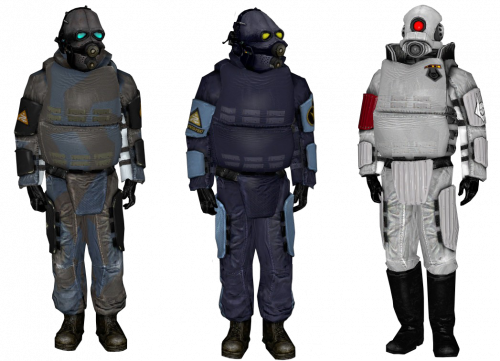 The Gravity Gun allows players to manipulate their environment and grab objects for combat or puzzle solving
The Gravity Gun allows players to manipulate their environment and grab objects for combat or puzzle solving
Balancing the "grab" and "repel" functions was crucial. We didn't want the Gravity Gun to be overpowered, trivializing combat or puzzle-solving. We wanted it to be a versatile tool that encouraged creative thinking and rewarded skillful execution. We ended up limiting the range and power of the weapon, and introducing the charged shot, which enabled players to launch heavier objects or deal greater damage, but at the cost of energy.
The level design played a huge role in showcasing the Gravity Gun's potential. Ravenholm, with its dimly lit corridors and grotesque traps, was a perfect example. The environment itself became a weapon, with players using saw blades, barrels, and even zombie corpses to defend themselves. One of the most rewarding parts of testing was seeing players discover solutions that the level designers hadn't even considered. They’d stack barrels to reach higher areas or create elaborate traps that would make Rube Goldberg proud.
Outsmarting the Combine: AI and Environmental Awareness
The Combine soldiers in Half-Life 2 weren't just cannon fodder; they were intelligent, tactical opponents who reacted dynamically to the player's actions and the environment. This was especially evident when players wielded the Gravity Gun.
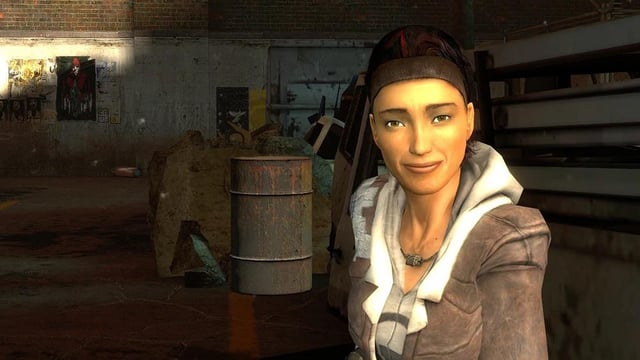 Combine soldiers strategically using debris for cover
Combine soldiers strategically using debris for cover
We spent a lot of time tweaking the Combine AI to ensure they responded realistically to the physics-based chaos. They would take cover behind debris launched by the Gravity Gun, attempt to flank players distracted by manipulating objects, and even try to dislodge objects that the player was using for cover.
The AI behavior also varied depending on the difficulty level. On harder settings, Combine soldiers were more aggressive, more accurate, and more likely to use tactical maneuvers. They'd use grenades to flush players out of cover or coordinate their attacks to overwhelm them. This ensured that the Gravity Gun remained a viable tool throughout the game, but it never made the combat feel easy or predictable.
Faces That Tell a Story: Facial Animation Technology
Half-Life 2's facial animation technology was groundbreaking for its time. We used a combination of motion capture, skeletal animation, and "phoneme visemes" to create realistic and expressive facial expressions.
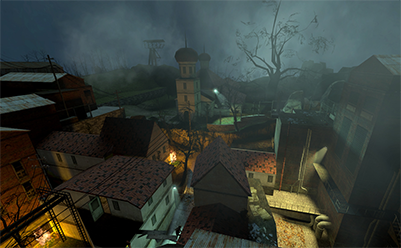 Alyx Vance's detailed facial expressions enhance the emotional impact
Alyx Vance's detailed facial expressions enhance the emotional impact
Phoneme visemes are visual representations of the sounds that make up speech. By mapping these visemes to the character's mouth movements, we could create realistic lip-syncing and make the dialogue feel more natural and engaging.
Characters like Alyx Vance and Dr. Kleiner benefited enormously from this technology. Their facial animations added depth and nuance to their performances, making them feel like real people with real emotions. In scenes where Alyx expressed concern for Gordon's safety or Dr. Kleiner conveyed his eccentric brilliance, the facial animations heightened the emotional impact and made the story more believable. This believability was key to immersing the player in the Half-Life 2 universe.
The Enigmatic G-Man: A Lingering Mystery
No discussion of Half-Life 2 would be complete without mentioning the G-Man, the mysterious figure who lurks in the shadows, observing Gordon Freeman's progress. G-Man sightings were a constant source of speculation and intrigue during development and continue to be among the things that keep Half-Life 2 so popular to this day.
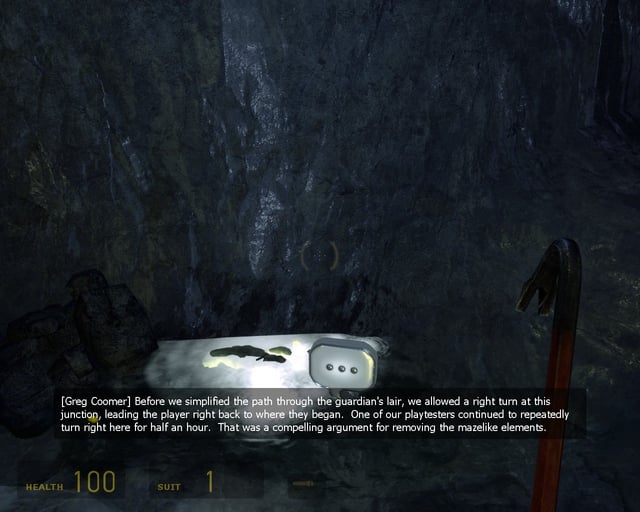 The G-Man, an ever-present, enigmatic figure
The G-Man, an ever-present, enigmatic figure
The theory that the G-Man is an agent of a higher power beyond the Combine, an interdimensional employer pulling the strings of fate, is one that resonates with many players. His cryptic dialogue, his unsettling demeanor, and his ability to appear and disappear at will have fueled countless fan theories and analyses.
The community's obsession with the G-Man is a testament to the game's enduring appeal. He represents the unknown, the unexplainable, and the tantalizing possibility that there's more to the Half-Life universe than meets the eye.
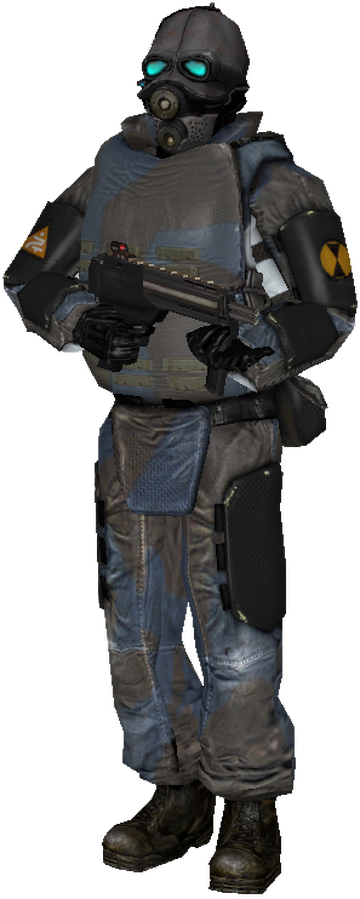
Conclusion
Half-Life 2 was a game that pushed the boundaries of what was possible, and the Gravity Gun was at the forefront of that revolution. The combination of innovative physics, intelligent AI, advanced facial animation, and a compelling narrative created an experience that was both groundbreaking and unforgettable. As a QA tester, I had a front-row seat to the making of a legend, and I'm proud to have played a small part in its creation. The challenges were immense, the hours were long, but the reward was knowing that we were working on something truly special. The legacy of Half-Life 2 continues to inspire game developers and captivate players to this day, a testament to the power of innovation and the enduring appeal of a well-crafted story. The physics-based puzzle game elements and AI in games influenced the overall gameplay.
